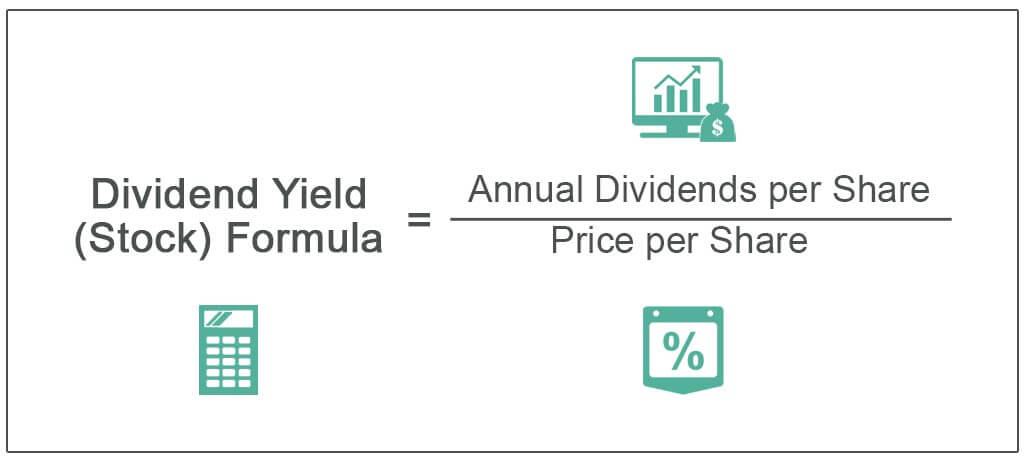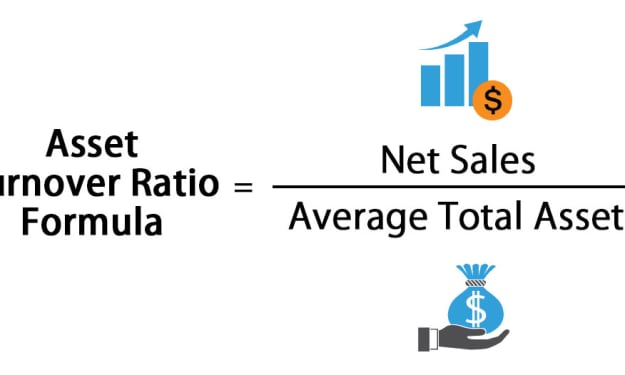Demystifying Dividend Yield: A Kid-Friendly Explanation with Examples
Calculating Dividend Yield: Understanding Dividends for Kids

Investing can seem like a complex concept for kids to grasp, but it's never too early to start building their financial literacy. One important aspect of investing is understanding dividend yield, which is a key metric used by investors to evaluate the income potential of a stock. In this article, we will break down the concept of dividend yield in a kid-friendly way, and provide examples to help young aspiring investors better understand this important financial ratio.
Dividend yield is a financial metric that measures the annual dividend income an investor can expect to receive from a stock in relation to its current market price. In simpler terms, it tells us how much money a company pays out in dividends per share compared to its stock price. Dividends are typically paid by established companies as a way to distribute a portion of their profits to shareholders, and they are usually paid out in the form of cash or additional shares of stock.
To calculate the dividend yield, you can use the following formula:
Dividend Yield = Annual Dividends per Share / Current Stock Price
Let's take an example to illustrate this concept. Suppose there is a fictional company called "Kids Toy Co." that manufactures and sells toys. Kids Toy Co. is a publicly traded company, which means it is listed on a stock exchange, and its shares can be bought and sold by investors. The current stock price of Kids Toy Co. is $50 per share, and the company pays an annual dividend of $2 per share to its shareholders.
Using the formula for dividend yield, we can calculate the dividend yield for Kids Toy Co. as follows:
Dividend Yield = $2 / $50 = 0.04 or 4%
This means that for every share of Kids Toy Co. that an investor owns, they can expect to receive $2 in dividends annually, which represents a 4% yield based on the current stock price of $50.
As a kid, you can think of dividend yield as a way to determine how much "extra" money you could potentially receive from a stock investment on top of any potential price appreciation. It's like getting a bonus for being a shareholder! A higher dividend yield may indicate that a stock is paying out a larger percentage of its profits as dividends, while a lower dividend yield may indicate the opposite.
It's important to note that dividend yield should not be the only factor you consider when evaluating a stock as an investment. Other factors, such as the financial health of the company, its growth prospects, and overall market conditions, should also be taken into account. Dividend yield is just one piece of the puzzle, but it can be a useful tool for investors, including young ones, to assess the income potential of a stock.
Summarise
Imagine that Kids Bank is a big bank that earns a lot of money from its operations, like lending money to people who want to buy homes or start businesses. Kids Bank is owned by shareholders, who are people that have invested their money in the bank by buying its stock.
Now, just like how you might get an allowance or earn money from doing chores, companies like Kids Bank also make money from their operations. And sometimes, they decide to share a portion of their profits with their shareholders in the form of dividends.
Dividends are like a reward that a company gives to its shareholders for being part owners of the company. Just like how your parents might give you an allowance for helping out at home, companies may give dividends to their shareholders as a way of saying thank you for investing in their company.
So, let's say Kids Bank pays out $2 per share as dividends to its shareholders every year. This means that for each share of Kids Bank stock that you own, you would receive $2 in dividends every year.
Now, the dividend yield is a way to understand how much money you would be getting from dividends compared to the price you paid for the stock. If you bought a share of Kids Bank stock for $50, you can use the dividend yield formula to calculate the dividend yield:
Dividend Yield = Annual Dividends per Share / Current Stock Price
In this case, the annual dividends per share is $2 (since that's what Kids Bank pays in dividends) and the current stock price is $50 (since that's how much you paid for the stock). Plugging these values into the formula, we get:
Dividend Yield = $2 / $50 = 0.04 or 4%
So, the dividend yield for Kids Bank stock is 4%. This means that for every share of Kids Bank stock that you own, you can expect to receive 4% of the stock price as dividends every year.
It's important to note that dividend yield can change over time, as the stock price or the amount of dividends paid by the company may fluctuate. Additionally, not all stocks pay dividends, and it's important to carefully research and understand a company's financials before making any investment decisions.
In conclusion, dividend yield is a financial metric that measures the annual dividend income a company pays out in relation to its stock price. It can be a helpful tool for young investors to understand how much money they could potentially receive in dividends from a stock investment. By explaining the concept of dividend yield in a kid-friendly way and providing examples, kids can begin to develop a basic understanding of this important financial ratio and its relevance to investing. Remember, investing involves risks, and it's always best to seek guidance from a trusted adult or financial professional before making any investment decisions., dividend yield is a way to understand how much money you could potentially receive from dividends compared to the price you paid for a stock. It's like getting a reward for being a shareholder in a company. By using a simple example like Kids Bank, kids can start to understand the concept of dividend yield and how it relates to investing. Remember to always seek guidance from a trusted adult or financial professional before making any investment decisions.
About the Creator
Tag Business
I Will Providing Various Company Information






Comments
There are no comments for this story
Be the first to respond and start the conversation.